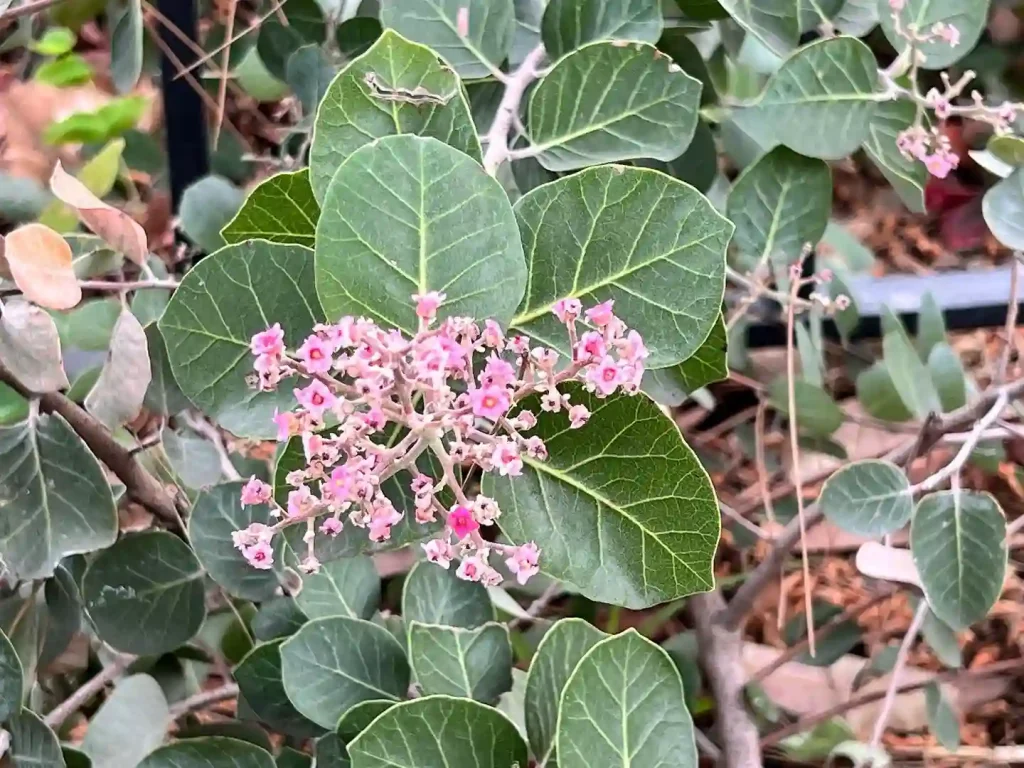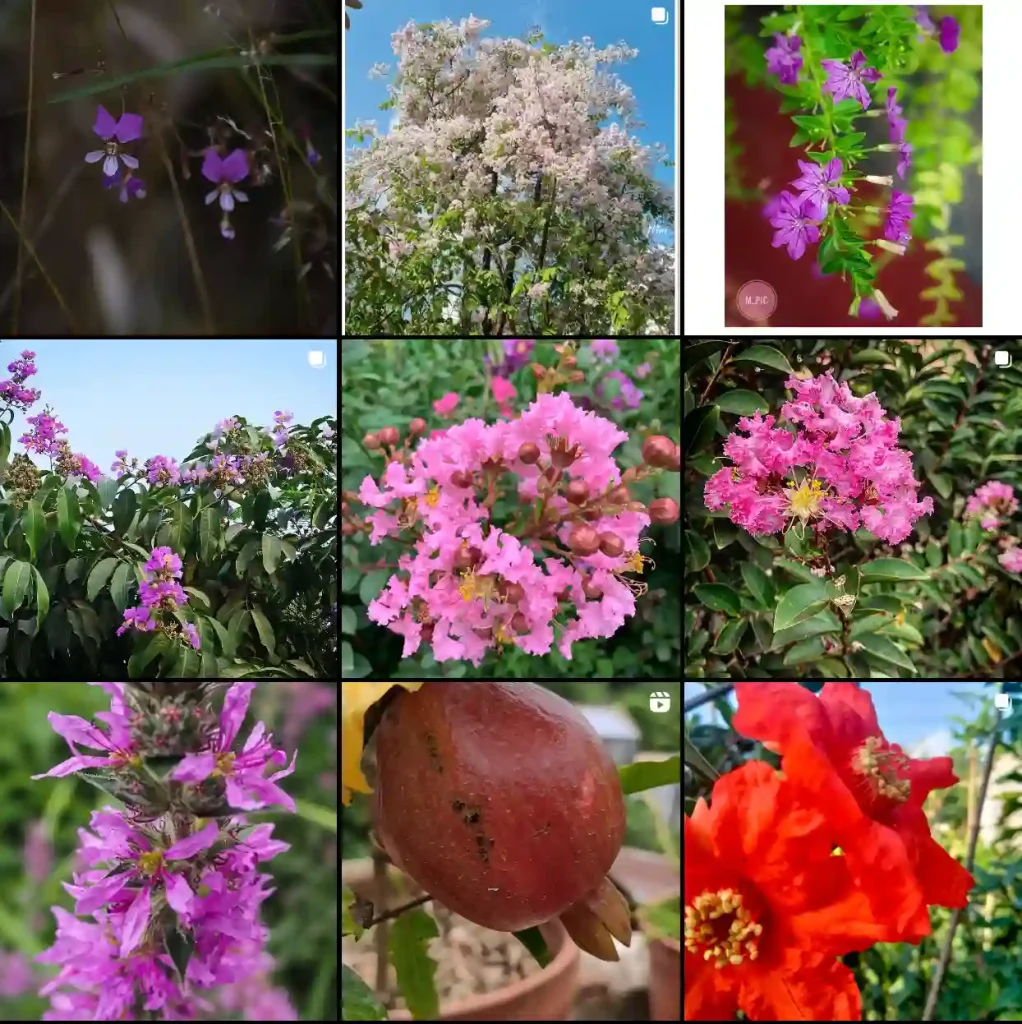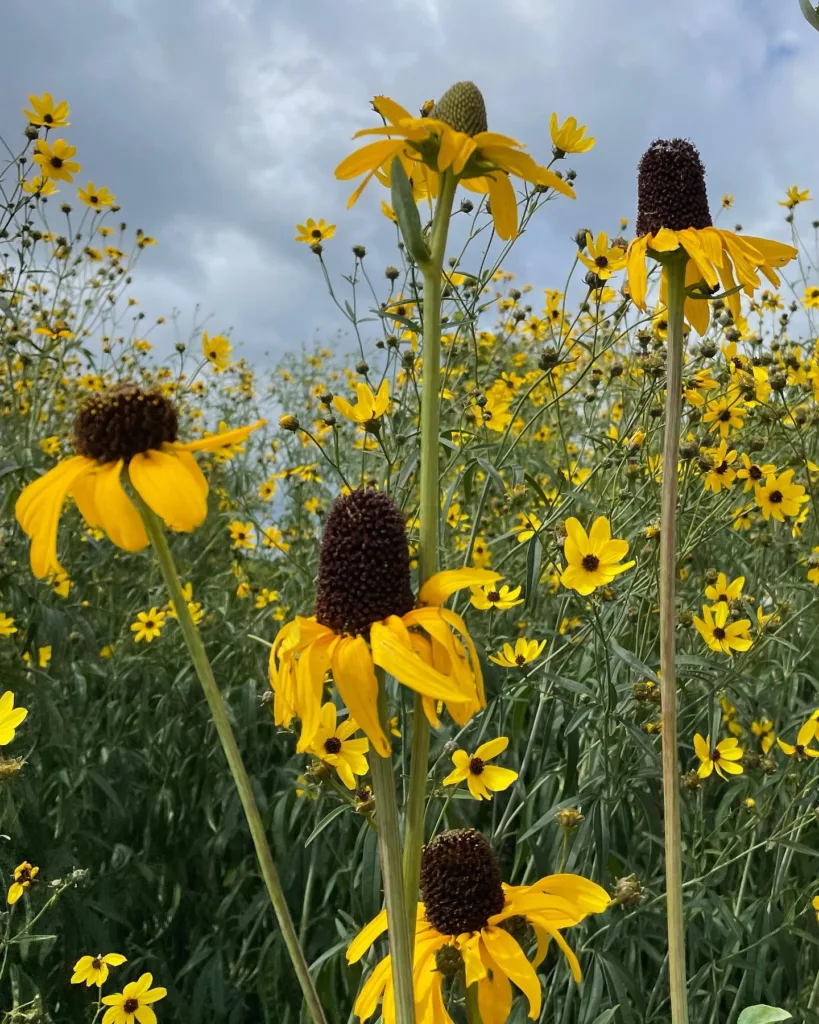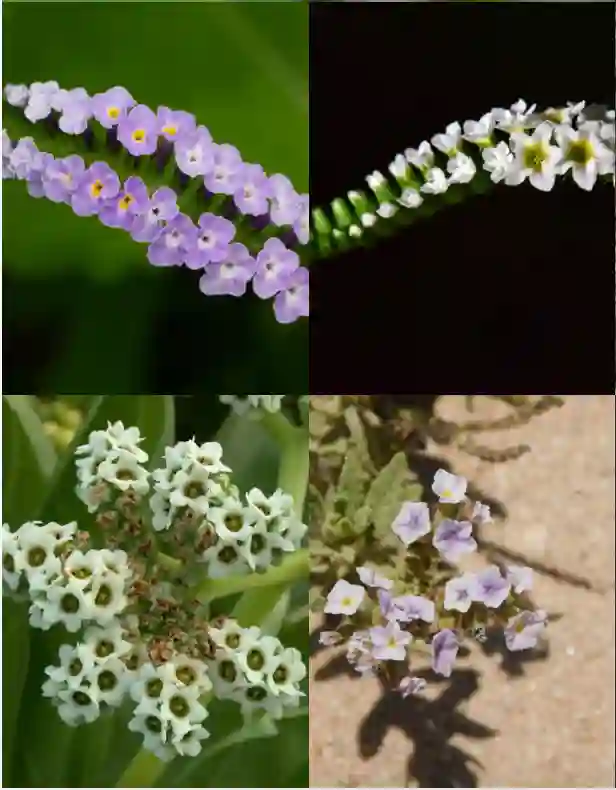A Daylily Enthusiast’s Guide to Commelinaceae
As a seasoned gardener and a passionate botanist, Ferb Vu, I have always been fascinated by the diversity and beauty of the plant kingdom. One family that has captivated my attention for years is the Commelinaceae, also known as the dayflower family. This fascinating group of plants encompasses a wide range of species, each with its unique charm and ecological significance. In this article, I will share my insights into the Commelinaceae family, highlighting its key characteristics, ecological importance, and a list of its captivating genera.
Key Characteristics of Commelinaceae
The Commelinaceae family is distinguished by several key characteristics that set it apart from other plant families. Firstly, most members of this family are herbaceous plants, meaning they lack woody stems and typically have a soft, fleshy texture. Secondly, their leaves are often simple, alternate, and sheathing at the base, forming a distinctive collar around the stem. Thirdly, their flowers are typically ephemeral, lasting for only a single day, hence the common name “dayflower.” These flowers are often brightly colored, attracting pollinators such as bees, butterflies, and flies.
Ecological Importance of Commelinaceae
The Commelinaceae family plays a crucial role in various ecosystems around the world. Their brightly colored flowers provide a valuable source of nectar and pollen for pollinators, supporting biodiversity and ensuring the reproduction of many plant species. Moreover, their leaves and stems serve as food and shelter for various insects and other invertebrates, contributing to the intricate web of life. In some regions, certain species of Commelinaceae are used in traditional medicine to treat various ailments, highlighting their potential pharmacological value.
A captivating List of Commelinaceae Genera
The Commelinaceae family boasts a diverse array of genera, each with its unique characteristics and appeal:
- Tradescantia: This genus comprises a wide range of popular ornamental plants, commonly known as spiderworts or wandering Jews. They are prized for their attractive foliage, which often features variegated patterns or vibrant colors. – 86 Species in Genus Tradescantia
- Commelina: This genus encompasses the true dayflowers, characterized by their delicate, blue or purple flowers that bloom for a single day. They are often found in moist, shady habitats, adding a touch of elegance to the landscape. – 204 Species in Genus Commelina
- Murdannia: This genus includes various species of creeping or erect herbs, often found in tropical and subtropical regions. They are known for their small, white or pink flowers and their ability to thrive in diverse habitats.
- Aneilema: This genus comprises various species of herbs, often found in damp or marshy areas. They are characterized by their small, white or blue flowers and their ability to tolerate flooding.
- Floscopa: This genus includes various species of herbs, often found in moist or shady habitats. They are known for their small, white or pink flowers and their delicate, feathery foliage.
- Aetheolirion Forman
- Amischotolype Hassk.
- Buforrestia C.B.Clarke
- Callisia Loefl. – 19 Species in Genus Callisia
- Cartonema R.Br.
- Cochliostema Lem.
- Coleotrype C.B.Clarke
- Cyanotis D.Don – 51 Species in Genus Cyanotis
- Dichorisandra J.C.Mikan
- Dictyospermum Wight
- Elasis D.R.Hunt
- Geogenanthus Ule – 3 Species in Genus Geogenanthus
- Gibasis Raf.
- Matudanthus D.R.Hunt
- Palisota Rchb.
- Plowmanianthus Faden & C.R.Hardy
- Pollia Thunb.
- Polyspatha Benth.
- Pseudoparis H.Perrier
- Rhopalephora Hassk.
- Sauvallia C.Wright ex Hassk.
- Siderasis Raf.
- Spatholirion Ridl.
- Stanfieldiella Brenan
- Streptolirion Edgew.
- Thyrsanthemum Pichon
- Tinantia Scheidw.
- Tricarpelema J.K.Morton
- Triceratella Brenan
- Tripogandra Raf.
- Weldenia Schult.f.
My Personal Connection with Commelinaceae
As a dedicated gardener, I have cultivated various species of Commelinaceae in my own garden, appreciating their beauty and ecological significance. I have found them to be relatively easy to grow and maintain, requiring minimal care and attention. Their vibrant colors and unique textures add a touch of whimsy and elegance to any landscape, while their ecological benefits attract pollinators and other beneficial insects to my garden.
Conclusion
In conclusion, the Commelinaceae family is a fascinating group of plants that deserves our attention and admiration. Their key characteristics, ecological importance, and diverse array of genera make them a valuable asset to any ecosystem and a delightful addition to any garden. As a passionate botanist and gardener, I encourage you to explore the world of Commelinaceae and discover the beauty and wonder of these captivating plants.
If i die, water my plants!



